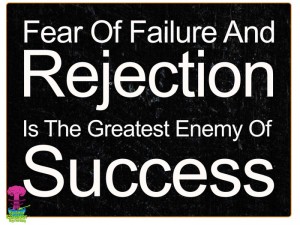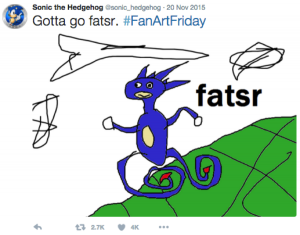The Stay-At-Home Economy And Its Effect On Consumers, Engagement
With millions of Americans either continuing to stay in their homes or only beginning to go outside with regularity in order to curb the spread of COVID-19, the stay-at-home economy has been in full swing for nearly two months and Warren Buffett recently went as far as to question whether there will ever be a full return to working in offices.
During this time, there have been a number of widely covered shifts in consumer behavior.
One of the biggest questions for any marketer today is how to figure out which of the new rules of engagement with consumers are purely cyclical, and which are here to stay.
Marketers are Looking at a Whole New Playing Field
Among the most noticeable and intuitive implications of the stay-at-home economy have been seismic shifts in food delivery, e-commerce sales, and streaming. Put more succinctly, people are — by necessity — searching for their goods online as they binge-watch TV.
What’s more, marketers’ well-ingrained understanding of what people watch, need and buy has been flipped on its head.
Consumers are no longer easily bucketed by what they watch and the channels they tune to as people face limited options and embrace new forms of entertainment and new methods of attaining basic needs.
In-market audiences have taken on a whole new identity, enabling brands to connect with new audiences they never considered to be in their whitespace, prompting a shift in messaging away from the consumers who may no longer be relevant.
All of this churn has left marketers grappling with completely discarded media plans and campaigns and a revenue hit to the ad industry amounting to $26 billion. So this begs the question — what’s a marketer to do right now to cope with the advertising equivalent of entropy?
With New Audiences Come New Opportunities
The stay-at-home economy is creating fresh opportunity by accelerating certain trends that were already underway that might have appeared futuristic at upfronts but will now be fast-tracked.
After all, the fact remains that ad dollars have been freed up en masse while captive consumers shop online and consume media at an unprecedented clip.
At the forefront of these changes exists the broader narrative that what and how consumers watch and buy is changing by the day. With millions stuck at home browsing more often — and in many cases “window-shopping” — marketers are uniquely challenged in the age of COVID-19 to try to separate real shoppers from window-shoppers, while reaching them in real-time.
The Future with CTV Arrives Early
One of the major themes of upfronts — had they occurred — would have been a look into the advancements in how brands can enhance their interactions with consumers via CTV (connected TV).
Unlike traditional TV, where commercials are typically served based on programming, CTV lets marketers target programmatically to households based on large datasets that help get at a much more qualified audience.
CTV environments also grant marketers direct access to cord-cutters and streamers, a growing audience whose growth may be accelerated, as some industry experts believe, given the lack of sports and live events to watch.
In addition, cord-cutters are expanding their footprint as they double up on streaming providers, which has become a major theme in the current “stay-at-home” economy.
That’s why CTV offers opportunities that can’t be found elsewhere. With streaming up 57% in the first quarter of the year, even though the surge only began March 15, and the majority of streaming happening on CTV, the conduit of the future for marketers has gone mainstream earlier than expected.
The Need to Understand Online Consumer Behavior Leaps Forward
Nine out of ten consumers are now shopping more online, a secular trend that has surely been accelerated by COVID-19, making e-commerce more important than ever. And while Amazon’s scale is unmatched, more than half of e-commerce sales still happen beyond its walls, on the open web.
Unfortunately, that’s where the ability to apply nuanced data to understand consumer activity, intent and purchase motivation has historically broken down.
People use a multitude of devices (although mobile usage during COVID-19 is notably down, likely a temporary blip), making keeping up with consumers on the open web as they move between devices critical for success, and in recent years, leaders in the e-commerce space have begun to catch up.
For example, if someone was watching ESPN’s “Last Dance” documentary series and later purchased Air Jordans and a PS4, they might be very interested in downloading NBA2K20. The establishment of these trends over time points to a diehard fan. But others watching may be more passive sports fans with little else to do during lockdown, and it’s key for marketers to be able to tell the difference.
After COVID-19
Marketers will look back at 2020 as a time of massive disruption, but also a return to the basics.
Consumers want to hear from brands right now, but only if the brand gets the right tone, message and creative.
Focusing on the way brands communicate with consumers in this moment will have a lasting impact, so now more than ever they need to get it right.
(121)





